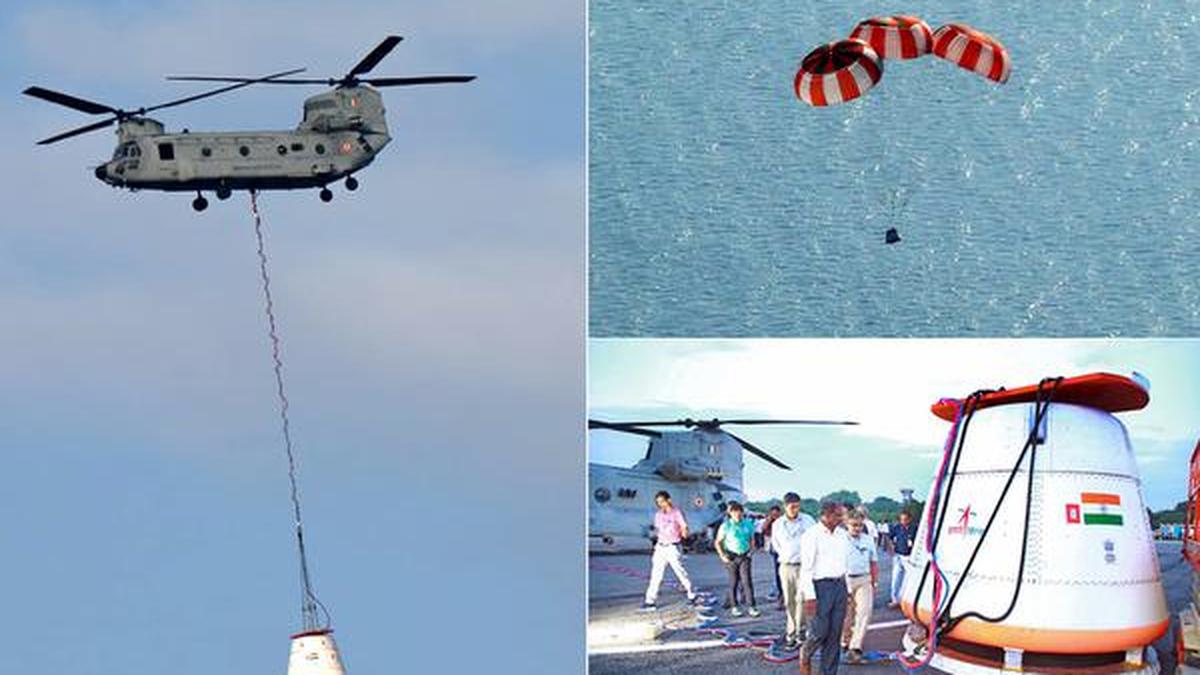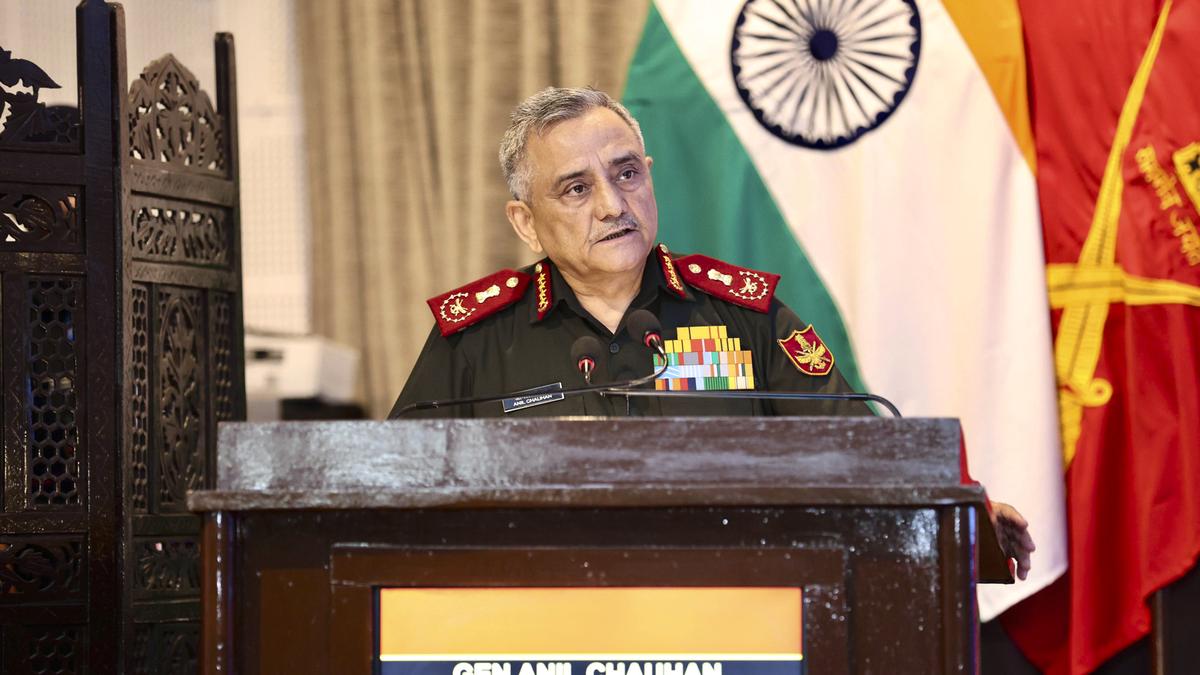Now Reading: ISRO’s IADT-1 Test: What It Reveals About Gaganyaan’s Progress
-
01
ISRO’s IADT-1 Test: What It Reveals About Gaganyaan’s Progress
ISRO’s IADT-1 Test: What It Reveals About Gaganyaan’s Progress

Quick Summary
- Event: On August 24, ISRO conducted its first Integrated Air Drop Test (IADT-1) for the Gaganyaan mission.
- Purpose: IADT tests the parachute-based deceleration system required for safe descent adn splashdown of the crew module in human spaceflight.
- Details:
– A 4.8-tonne dummy crew capsule was dropped from a Chinook helicopter at a height of about 3 km to simulate landing conditions.- Parachutes deployed sequentially, as designed, ensuring the capsule slowed to approximately 8 m/s before touchdown.
- Collaborations: Indian Air Force, DRDO, Indian Navy, Coast Guard contributed to various aspects of modelling and recovery systems. Vikram sarabhai Space Center led most activities for IADT-1.
- Importance: This successful test is key to validating safety systems ahead of future missions such as TV-D2 and uncrewed Gaganyaan missions featuring ‘Vyommitra,’ an astronaut-mimicking humanoid robot. Several critical technologies like fire safety systems and autonomous fault detection remain under intense advancement.
- Future Goals:
– Launching human flight (H1), expected around or after 2027 following thousands of tests.
– Long-term goals include establishing Bharatiya Antariksh station by 2035 and achieving an Indian crewed lunar landing by 2040.
Indian Opinion Analysis
ISRO’s successful execution of IADT-1 reflects significant progress in India’s ambitious human spaceflight program. The simulated parachute deployment highlights India’s commitment to ensuring astronaut safety during re-entry-one of the most technically demanding aspects of space exploration. The collaboration across agencies like DRDO, coast Guard, and Navy underscores how ISRO leverages national resources effectively for high-stake missions.
While schedules may face delays-as seen with Gaganyaan milestones-the phased approach allows incremental validation across diverse subsystems vital for human-rated flights. Achievements such as indigenisation efforts demonstrate India’s growing self-reliance in aerospace technology-a necessity given global restrictions on advanced technologies.
In long-term perspective, programs such as Bharatiya Antariksh Station or lunar landings represent transformative aspirations for India’s position within global space diplomacy and exploration efforts. Though, rigorous testing combined with iterative learning will remain critical enablers toward these goals amidst evolving technical hurdles.
























